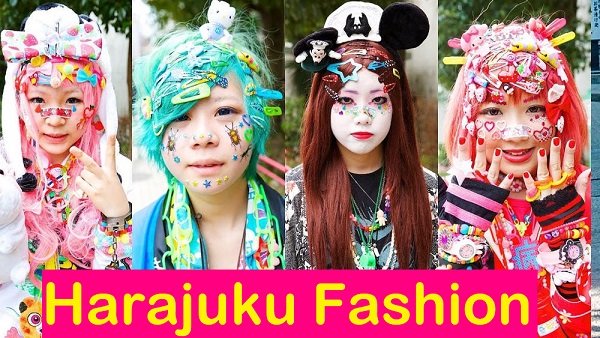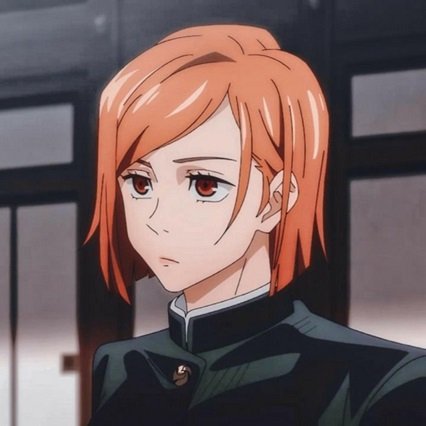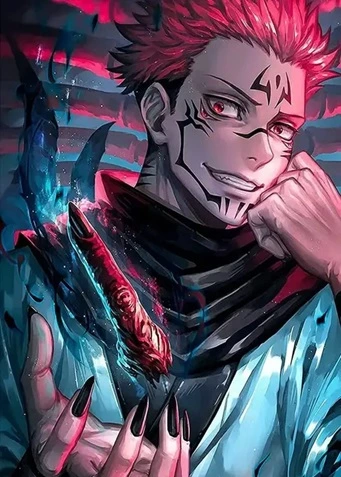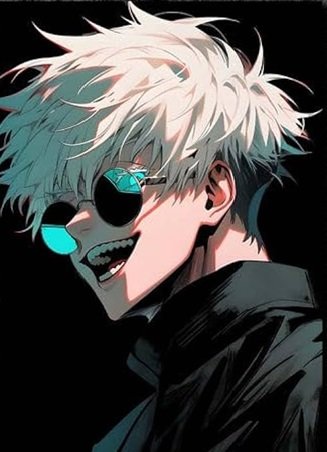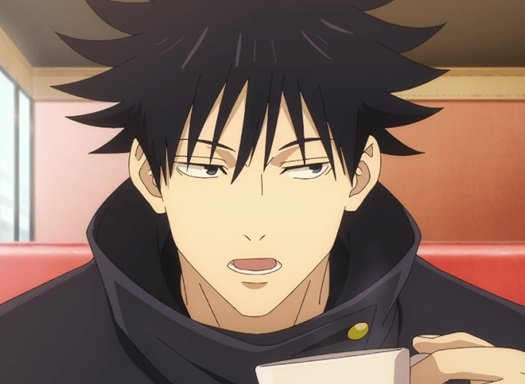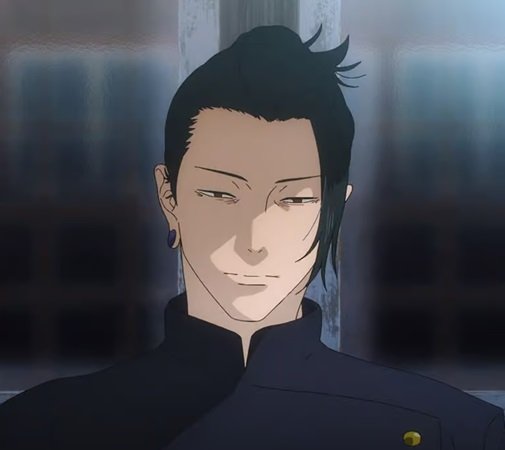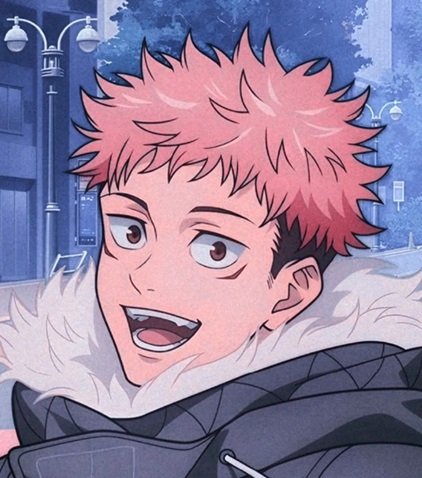Understanding Harajuku Fashion: More Than Just Clothes
Harajuku fashion, originating from the Harajuku district in Tokyo, Japan, is not simply a fashion of dressing; it’s a cultural revolution, an ambitious announcement of self-expression, and an innovative rise up closer to conformity. Known globally for its incredible shades, complicated layering, and fusion of a couple of fashion genres, Harajuku fashion lets in humans to speak their identities freely. This road-fashion phenomenon has stimulated the global fashion industry by celebrating variety, creativity, and children’s way of life. Harajuku is not a singular style however a dynamic canvas in which Gothic Lolita, Decora, Kawaii, Visual Kei, or even punk and cyber patterns coexist and evolve. The freedom to mix ancient aesthetics with futuristic visions makes Harajuku one of the most captivating fashion subcultures within the global.
The Origin and Evolution of Harajuku Fashion
The roots of Harajuku fashion date back to the publish-World War II generation when Western affects started out seeping into Japanese subculture. The location around Takeshita Street has grown to be a hub for experimental and younger fashion inside the Seventies and 1980s. However, it has become within the Nineties and early 2000s that Harajuku definitely exploded into worldwide attention. Japanese clothier Hiroshi Fujiwara and style photographer Shoichi Aoki performed pivotal roles in documenting and promoting this movement, particularly thru magazines like FRUiTS. The upward push of social media in the 2010s in addition catapulted Harajuku style to worldwide fame, in which influencers and fashion enthusiasts across the world started out to emulate the formidable patterns visible on the streets of Tokyo. What sets Harajuku apart is its resistance to mainstream fashion norms—a celebration of the weird, the beautiful, and the specific.
Key Styles in Harajuku Fashion
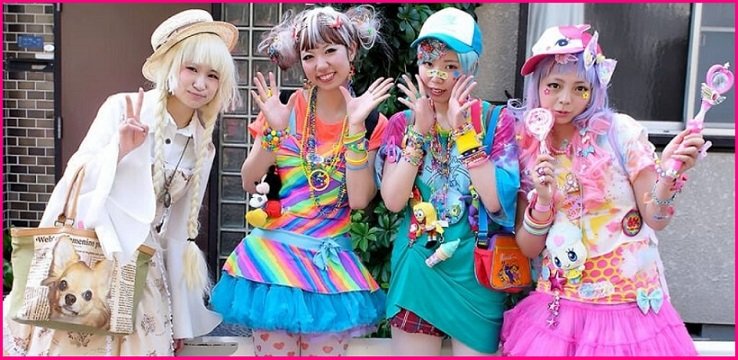
1. Lolita Fashion
Lolita fashion is arguably the most internationally identified subset of Harajuku fashion. Inspired through the manner of Victorian and Rococo-era apparel, it emphasizes modesty, splendor, and a doll-like aesthetic. Sub-genres include Gothic Lolita, Sweet Lolita, and Classic Lolita, each with its personal exceptional trends.
2. Decora
Decora fashion is all approximately maximalism. Characterized by the manner of colourful clothes, layers of accessories, and playful motifs, Decora represents childlike pleasure and enthusiasm. Participants regularly use hair clips, plush toys, and stickers to beautify their look, making it one of the most visually stimulating patterns of Harajuku.
3. Kawaii (Cute) Culture
Kawaii, which means “lovable” in Japanese, is a pervasive subject in Harajuku. Kawaii fashion emphasizes pastel shades, cool animated film motifs, and a youthful demeanor, frequently blurring the lines among teens and formative years. Brands like Angelic Pretty and Baby, The Stars Shine Bright are well-known for championing this aesthetic.
4. Visual Kei and Punk
Heavily motivated by way of tune, Visual Kei carries factors from glam rock, heavy steel, and Gothic styles. It features dramatic makeup, hard hairstyles, and edgy garb. Similarly, Punk fashion in Harajuku takes cues from Western punk but includes a uniquely Japanese flair.
5. Cyber and Techwear
In cutting-edge years, futuristic patterns like Cyberpunk and Techwear have won reputation in Harajuku. These patterns use synthetic substances, asymmetrical cuts, and immoderate-tech add-ons to create a dystopian look that displays the present day world’s virtual immersion.
Cultural Impact of Harajuku Fashion
The impact of Harajuku style extends beyond clothing. It has permeated tune, anime, street artwork, or even politics, selling ideals of freedom, individuality, and anti-authoritarianism. Artists like Kyary Pamyu and architects like Takashi Murakami have drawn thought from Harajuku, using its topics to challenge societal norms. Moreover, Harajuku style has empowered marginalized communities, particularly LGBTQ+ people, by providing a secure location for expression. The worldwide rise of cosplay and alternative style actions can be traced once more to Harajuku’s effect. In essence, Harajuku style is a dwelling, respiratory shape of artwork that resists commercialization and celebrates authenticity.
Harajuku within the Digital Era
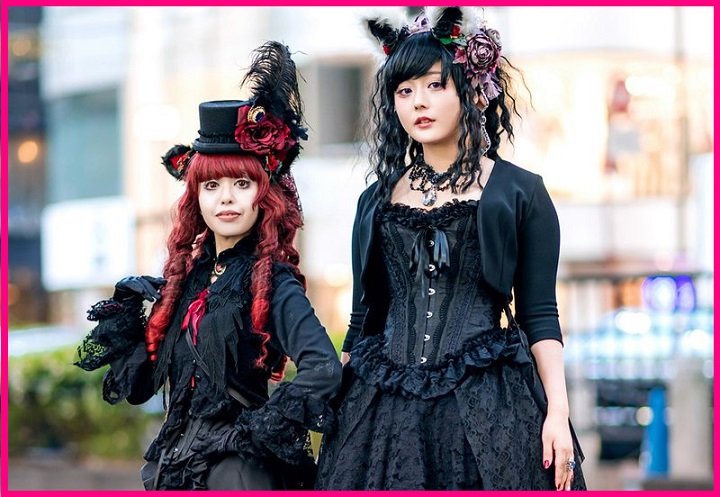
The digital age has amplified Harajuku style’s attainment. Platforms like Instagram, TikTok, and Pinterest have become levels in which Harajuku fans percentage their appearances, DIY tasks, and inspiration. Hashtags like #HarajukuStyle, #HarajukuFashion, and #JFashion functions as global meeting elements for lovers. Online groups and e-commerce systems have made it simpler for human beings outside Japan to access Harajuku producers and garb. Yet, with this virtual unfold comes the project of cultural appropriation versus appreciation. While it’s interesting to look at the style to gain reputation, it’s vital to understand its cultural roots and socio-political undertones.
Popular Brands Associated with Harajuku
Several brands have grow to be synonymous with Harajuku fashion:
- 6pM DOKIDOKI: Known for its kaleidoscopic designs and playful imagery.
- WC thru Wakatsuki Chinatsu: Focuses on quirky, casual style with formidable shades.
- Milk and Milkboy: Classic Harajuku labels with vintage and playful difficulty subjects.
- Listen Flavor: A emblem combining punk, kawaii, and gothic elements.
- Super Lovers: Known for its unisex and colorful streetwear. These manufacturers now not best offer style items but embody the philosophy of self-love and experimentation.
Why Harajuku Fashion Is Still Relevant Today
In a global world more and more enthusiastic about dispositions and speedy style, Harajuku fashion remains a bastion of individuality and slow style. It resists the concept of seasonal put on and style cycles, rather encouraging wearers to unique themselves freely and sustainably. The upward thrust of gender-fluid style moreover finds a welcoming home in Harajuku, wherein apparel transcends gender binaries. While mainstream media may also additionally no longer highlight it as carefully as within the 2000s, Harajuku’s legacy continues to inspire designers, artists, and children across continents.
Tips for Embracing Harajuku Fashion
- Start Small: Begin by means of integrating one or Harajuku elements, like accessories or layering.
- Experiment Freely: There are not any regulations. Mix and suit patterns to create a look that feels right for you.
- Support Independent Designers: Many Harajuku producers are small and depend on network help.
- Understand the Culture: Respect the beginning and that means in the return of the styles.
- Share Your Look: Social media is a first-rate way to hook up with others in the worldwide Harajuku network.
Final Thought
Harajuku style is not quite what you placed on—it’s approximately who you are and the way you pick out to offer your truth to the world. In a society that often pressures conformity, Harajuku offers a space for liberation and creativity. Whether you’re donning frilly apparel, stacking add-ons, or mixing pink and kawaii in a single outfit, you’re taking part in a cultural communication that celebrates area of know-how. As lengthy as there are folks that dare to be first rate, Harajuku style will keep thriving.
Related Post: Dark Academia Fashion Guide: Aesthetic Meaning, Style Tips & Outfit Inspiration
Disclaimer
This article is meant for informational functions handiest. Harajuku style is a complicated and evolving cultural phenomenon rooted deeply in Japanese teenagers’ lifestyles. While this article attempts to seize its essence, readers are recommended to discover primary sources, connect to creators, and technique the priority with cultural sensitivity and respect.
